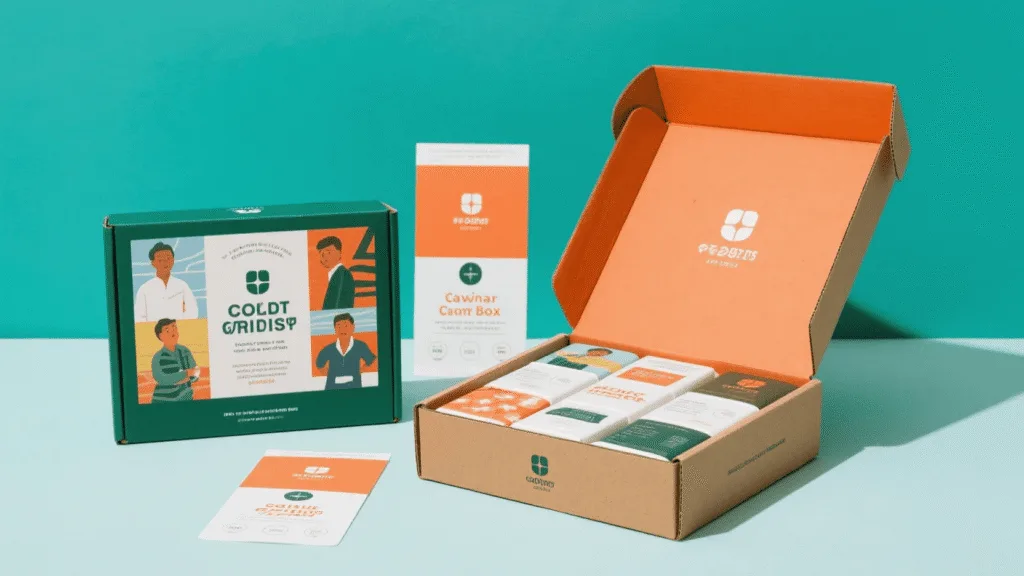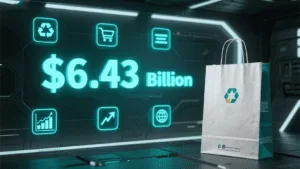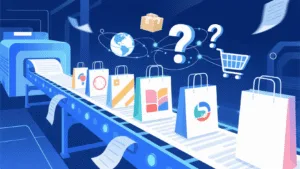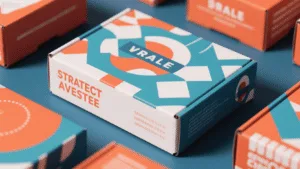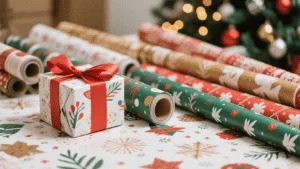Your product is exceptional, but it arrives in a generic box. That first physical touchpoint with your customer is a missed opportunity, a silent moment where a powerful story could have been told. Your brand gets lost in a sea of brown cardboard.
By 2025, custom boxes will be essential storytelling tools. They will use smart design, sustainable materials, and integrated technology to create immersive unboxing experiences that forge a deep emotional connection with customers, turning a single purchase into lasting brand loyalty.
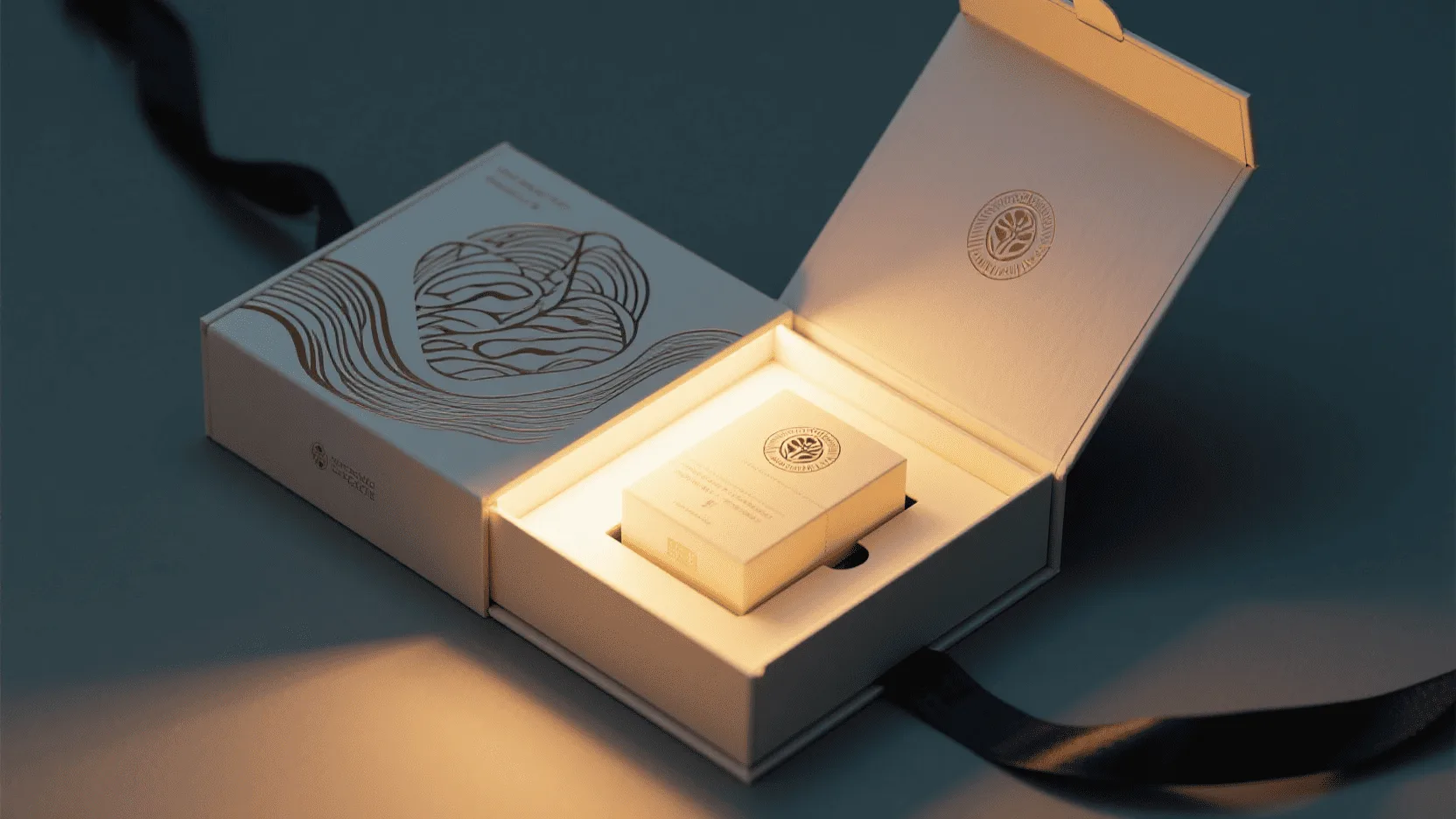
This isn’t just theory; I see it happen all the time. I remember working with a small, family-owned business that made artisanal honey. Their product was incredible, with a rich history rooted in three generations of beekeepers. But they shipped it in a standard bubble mailer. Their story was completely invisible. We helped them design a custom food packaging box that wasn’t just protective; it was a narrative. The outside had a subtle honeycomb pattern, and upon opening, the inside flap revealed a short, heartfelt message from the founder with a photo of his grandfather in the apiary. It was a simple change, but it transformed the customer experience from a transaction to a personal connection. Their online reviews started mentioning the packaging almost as much as the honey itself. That’s the power of a story well told.
How Does Packaging Evolve from a Container to a Storyteller?
You’ve spent months, maybe years, perfecting your product. But if the unboxing experience is an afterthought, the customer’s first impression can feel flat and transactional, undermining all the hard work you’ve put into the product itself.
Packaging becomes a storyteller when it engages the senses and unfolds a narrative. It uses texture, color, structure, and thoughtful design to set an emotional tone, introduce the brand’s values, and make the customer feel like they are part of something special before they even see the product.
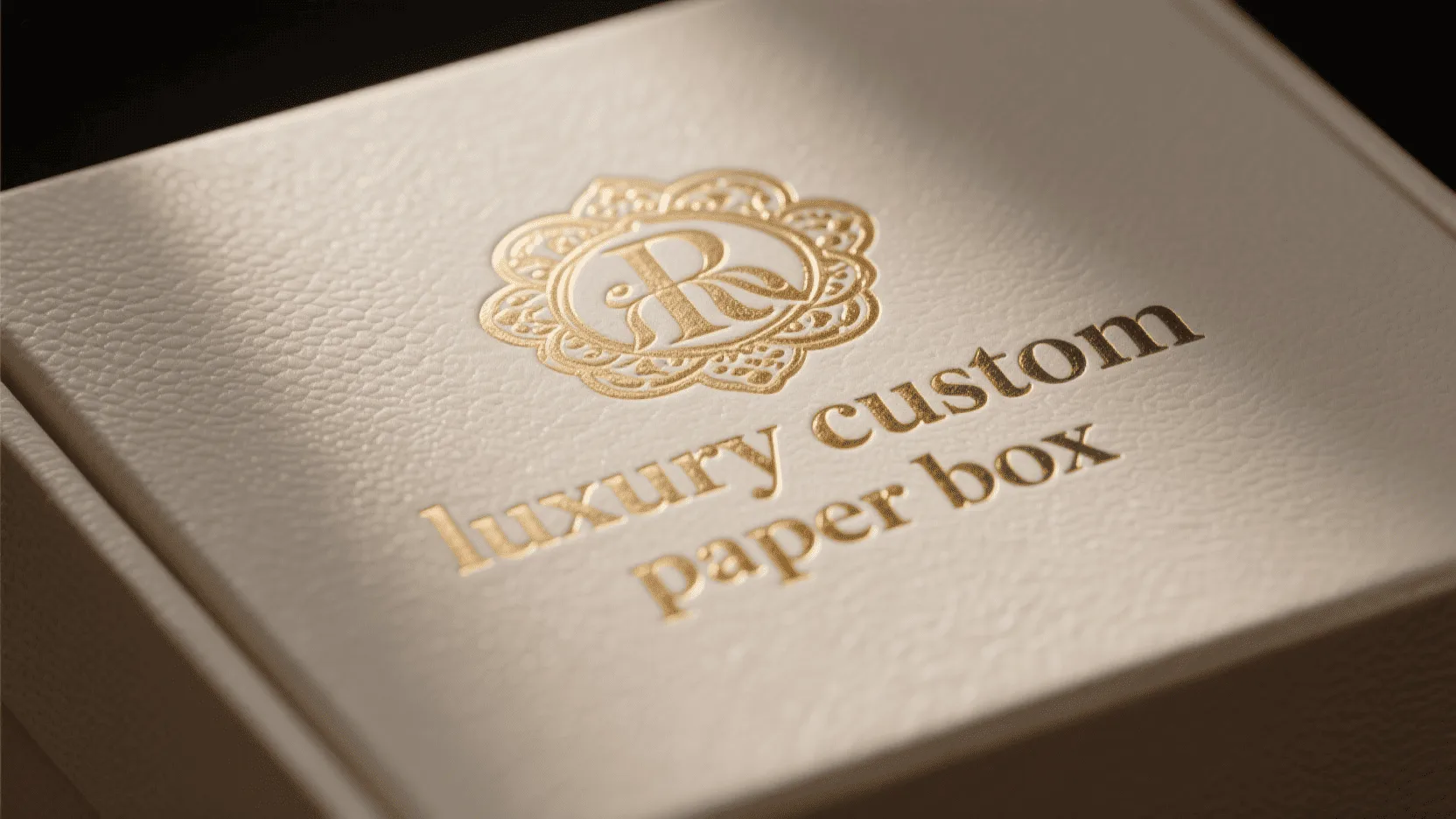
The moment a customer holds your box, they are interacting with your brand. This is your chance to make a statement. The transition from a simple container to a narrative device happens when you think beyond just four walls and a lid. In my experience, the most successful brands treat their packaging design as the first chapter of their product’s story. It’s about building anticipation. The weight of the box, the texture of the paper—a rough, recycled kraft paper tells a story of sustainability and earthiness, while a soft-touch laminate whispers of luxury and care. The way the box opens can also be part of the narrative—a magnetic closure provides a satisfying snap, while a ribbon-pull drawer reveals the product slowly. It’s about sequencing the experience to create a moment of delight and discovery.
The Key Elements of Narrative Packaging
Effective storytelling through packaging isn’t accidental. It’s a deliberate combination of design elements that work together to communicate your brand’s unique identity.
| Packaging Element | Storytelling Function | Brand Example |
|---|---|---|
| Material Texture1 | Conveys core values (e.g., raw, organic vs. sleek, modern) | A natural skincare brand using uncoated, recycled paper. |
| Color Palette2 | Evokes specific emotions and brand personality | A coffee brand using bold, energetic colors to signal a powerful roast. |
| Structural Design | Creates a unique unboxing ritual and sense of discovery | A jewelry box with multiple layers to unveil the piece slowly. |
| Interior Printing | Delivers a surprise message or pattern, deepening the experience | An e-commerce brand printing "Welcome to the family!" inside the lid. |
What Role Will Technology Play in Packaging Storytelling by 2025?
Your current packaging looks great, but it’s a static object. In a world where customers are constantly connected, a box that can’t interact feels like a missed opportunity to deepen the digital relationship with your brand.
By 2025, technology will be seamlessly integrated into packaging. QR codes and Augmented Reality (AR) will transform the box from a passive container into an interactive digital portal, offering customers access to exclusive content, tutorials, and immersive brand stories directly from their phones.
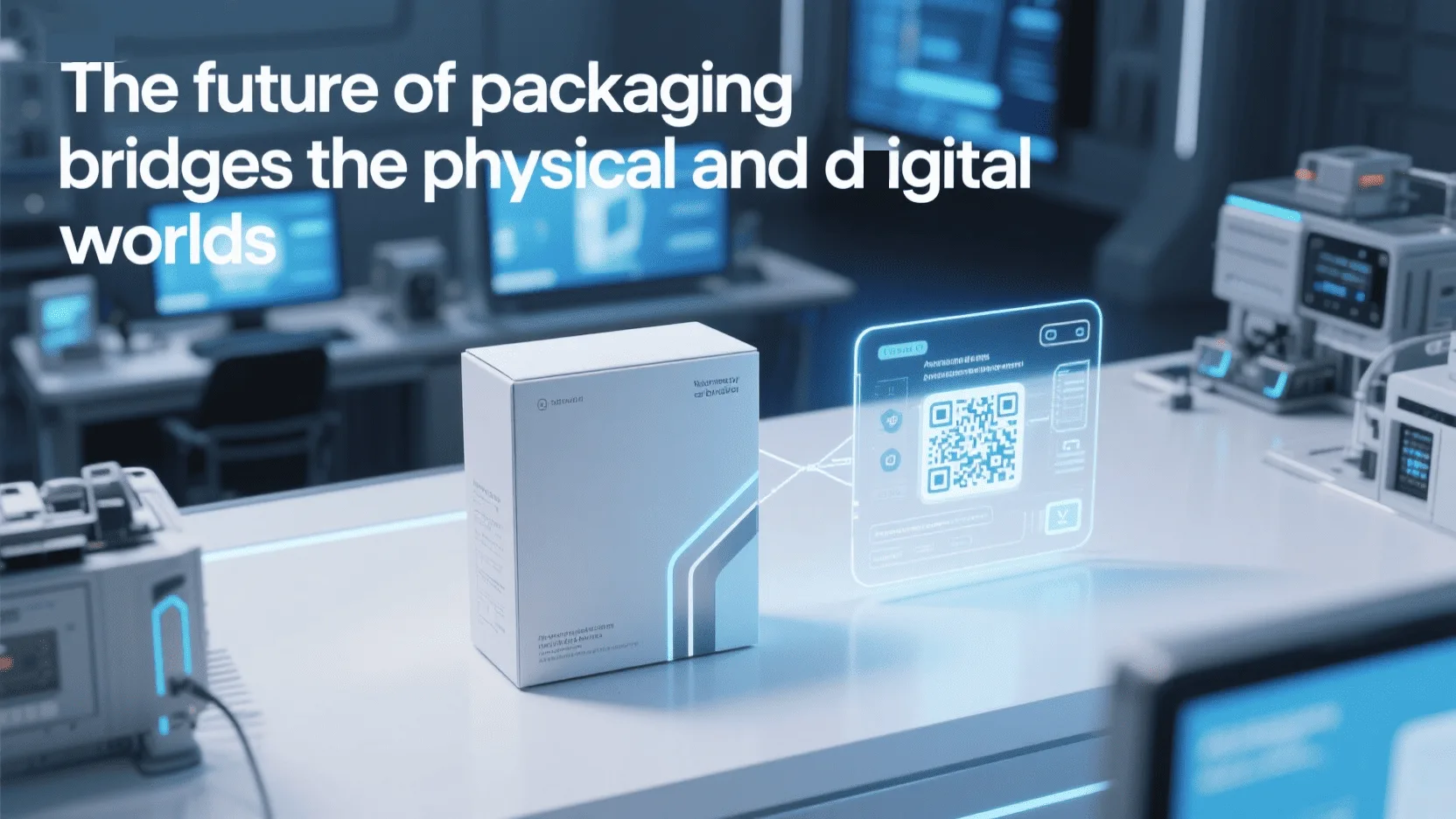
The box in your customer’s hands will become a key to unlock a richer brand universe. We are already seeing the beginning of this shift. A simple QR code printed on a cosmetics box is no longer just a link to a website; it’s a gateway. Imagine a customer scanning your box to watch a video tutorial from a makeup artist using that exact product. Or scanning a box of gourmet pasta to get a recipe and a video message from the chef who created it. This adds immense value beyond the physical item. Augmented Reality takes this a step further. A customer could point their phone at your gift box and see a 3D animation of your brand’s mascot come to life, or visualize how a piece of jewelry will look when worn. These interactive elements don’t just tell a story; they invite the customer to become a part of it, creating a memorable, shareable experience that builds a powerful, modern form of brand loyalty.
How Can Sustainable Materials Amplify a Brand’s Story?
Consumers are more eco-conscious than ever, and they are scrutinizing every aspect of the brands they support. Using excessive plastic or non-recyclable materials in your packaging can create a disconnect, making your brand seem out of touch or irresponsible.
Using sustainable materials is one of the most authentic ways to tell a brand story. Choosing FSC-certified paper, soy-based inks, or recycled cardboard communicates a commitment to ethical values, building trust and aligning your brand with the conscious consumer, which is a powerful driver of loyalty.
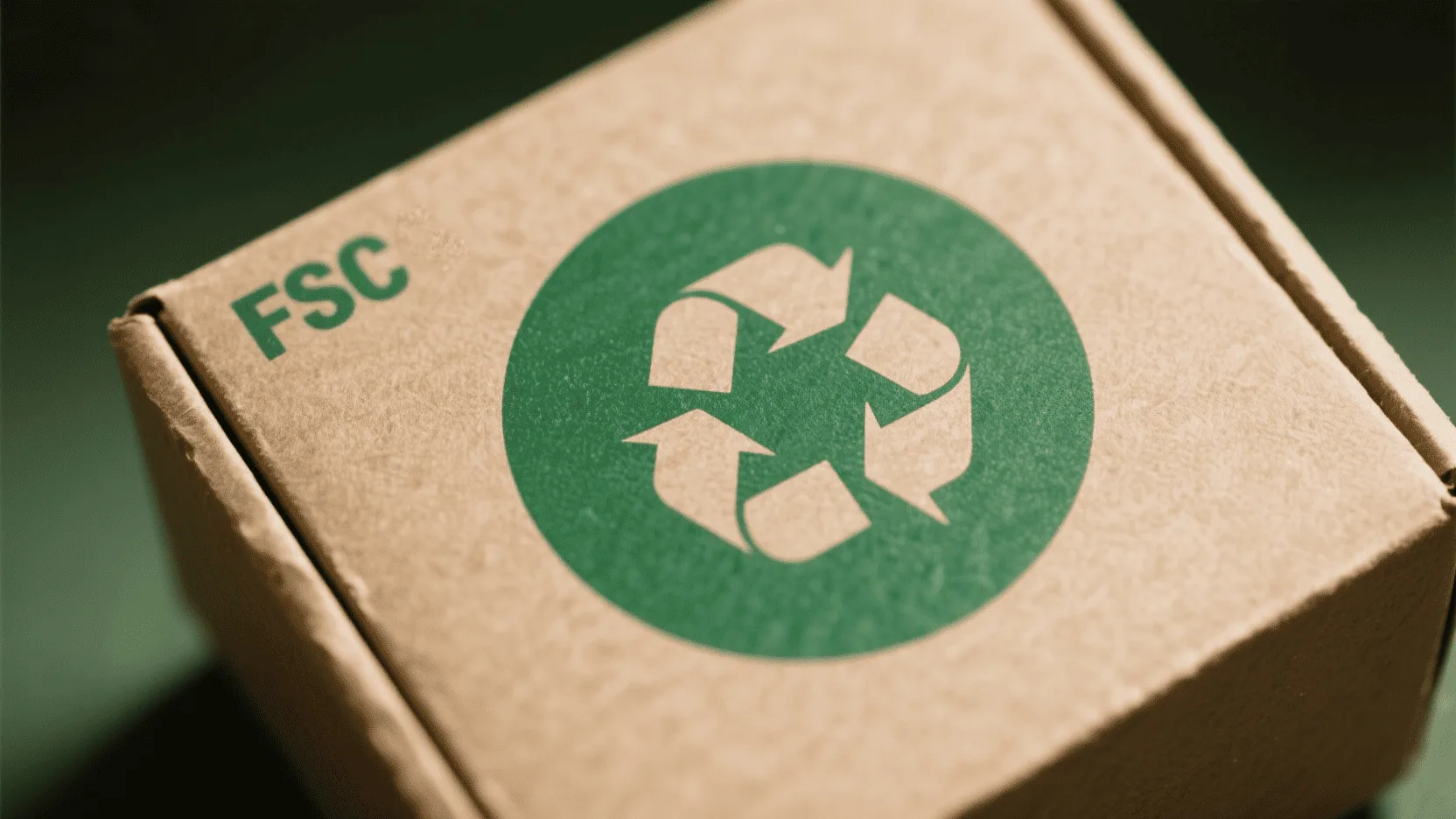
Your choice of materials speaks volumes. It’s a tangible reflection of your company’s principles. When a customer receives a product in a box that is thoughtfully designed to be minimalistic, recyclable, and made from responsible sources, it tells them a story of a brand that cares. This isn’t just about "being green"; it’s about authenticity. For example, at Omet Packaging, we are FSC certified, which means our paper comes from forests managed to the highest environmental and social standards, as verified by the Forest Stewardship Council. Placing that logo on your box is like adding a chapter to your story—a chapter about responsibility and quality. This resonates deeply, especially with younger demographics who actively seek out brands that share their values. By making sustainability a core part of your packaging narrative, you are not just selling a product; you are inviting customers to join a movement and invest in a brand that stands for something more.
Comparing Sustainable Materials and Their Stories
Different eco-friendly materials1 tell different brand stories. Choosing the right one is key to ensuring your message is consistent and authentic.
| Material | Primary Story | Ideal For Brands That Are… |
|---|---|---|
| 100% Recycled Kraft Paper | Rustic, Authentic, Earthy | Handmade goods, organic foods, farm-to-table products. |
| FSC-Certified Whiteboard | Clean, Responsible, Premium | High-end cosmetics, wellness products, modern electronics. |
| Soy/Water-Based Inks | Conscious, Innovative, Safe | Children’s toys, food packaging, any brand focused on health. |
| Compostable Materials2 | Forward-Thinking, Cyclical | Subscription boxes, single-use food items, innovative tech. |
Conclusion
By 2025, the custom box will be far more than a container. It will be your brand’s most powerful storyteller, a multi-sensory experience, and a bridge to your digital world. Investing in thoughtful, sustainable, and interactive packaging is investing in a lasting relationship with your customer.
Ready to start telling your brand’s story through packaging? Explore our custom solutions and let’s create an unboxing experience that builds loyalty for years to come.
For more inspiration, see our guides on choosing between printed boxes and plain cardboard and understanding the critical standards of luxury box manufacturing.
FAQ
What is Augmented Reality (AR) packaging?
AR packaging incorporates digital elements that can be viewed through a smartphone or tablet. When a customer points their device’s camera at the package, it can trigger a video, a 3D animation, or an interactive game, creating an immersive experience that blends the physical and digital worlds.
Is sustainable packaging significantly more expensive?
While some specialized sustainable materials can have a higher upfront cost, many options like recycled cardboard and soy-based inks are competitively priced. Furthermore, designing "right-sized" packaging often reduces material use and shipping costs, which can offset or even negate any increase in material price, improving overall ROI.
How much does custom packaging really impact repeat purchases?
The impact is significant. A study by Dotcom Distribution found that 40% of consumers are more likely to make repeat purchases from a brand that uses premium, branded packaging. It elevates the perceived value of the product and creates a memorable experience that customers want to have again.

